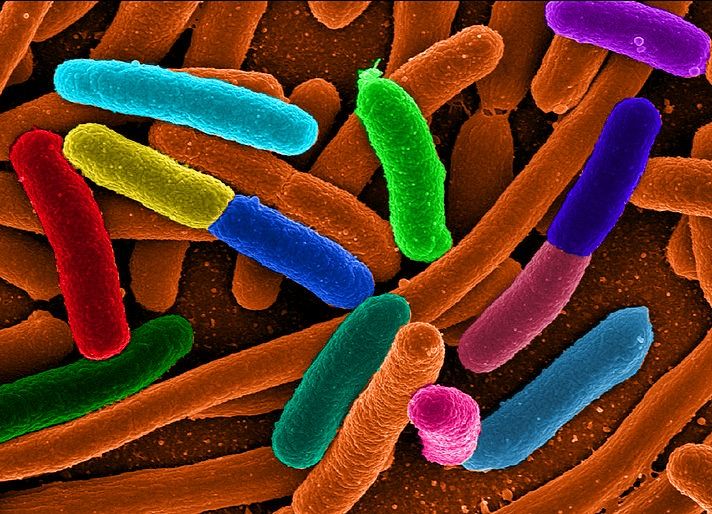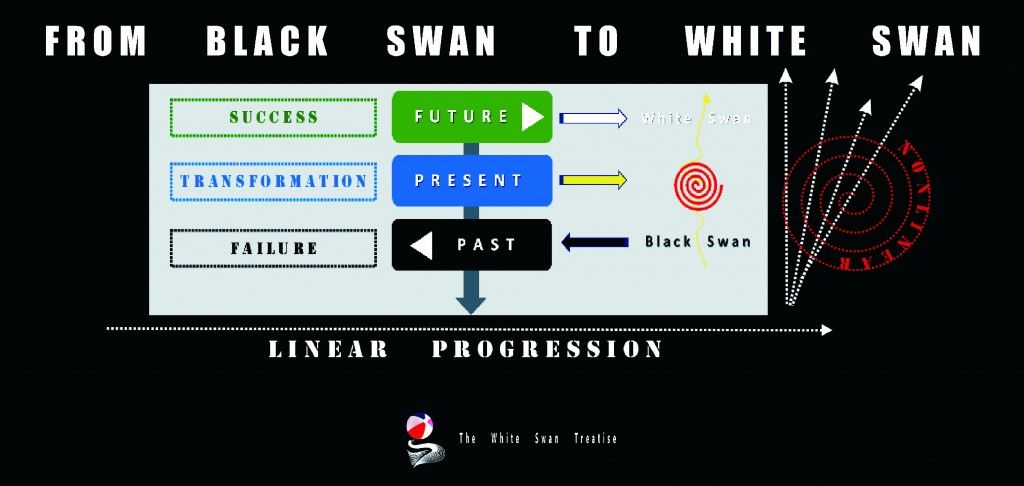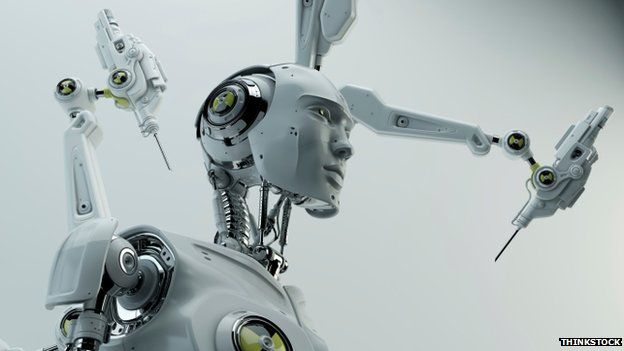
By Ted Greenwald — MIT Technology Review
Most tech startups are silent spaces where earbud-clad engineers peer into monitors. Not Hampton Creek Foods. The two-year-old company’s office—a filled-to-bursting space in San Francisco’s South of Market tech hotbed—grinds, clatters, and whirs like a laundromat run amok. That’s the sound of industrial-strength mixers, grinders, and centrifuges churning out what the company hopes is a key ingredient in food 2.0: an animal-free replacement for the chicken egg.
Silicon Valley venture capitalists have funded several food-related startups in the past year, but Hampton Creek has gathered the most momentum. It has A-list investors including Founders Fund, Horizon Ventures, and Khosla Ventures, and two undisclosed industrial food companies are experimenting with its plant-based egg substitute. The prepared-food counter at Whole Foods began using the startup’s egg-free Just Mayo mayonnaise in September 2013, with four other mainstream grocery chains lined up for the first half of this year. And, thanks to a recent investment round that boosted Hampton Creek’s funding to $30 million and drew in Li Ka-shing, the wealthiest person in Asia, Just Mayo soon will be sold by a large online grocer in Hong Kong.
Read more















